Are Self-Cleaning Coatings for Solar Panels Worth the Investment?
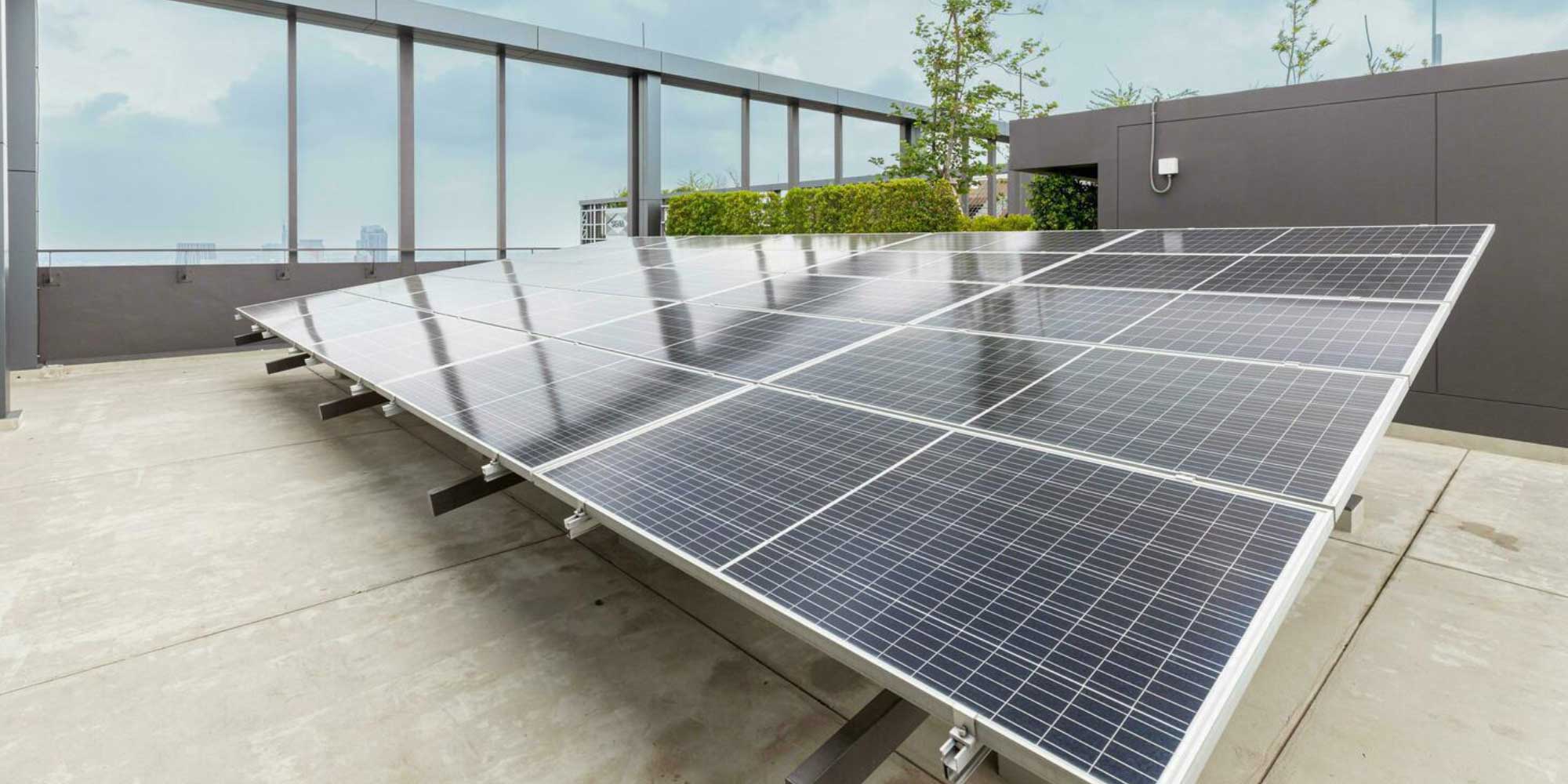
Introduction
Solar energy is rapidly gaining traction as a sustainable and cost-effective energy source. However, maintaining solar panels can be a challenge, particularly when it comes to keeping them clean and free of debris.
Enter self-cleaning coatings – a technological innovation designed to keep solar panels clean without manual intervention. But are these coatings worth the investment? In this article, we’ll delve into the world of self-cleaning coatings for solar panels, exploring their benefits, drawbacks, costs, and overall value.
Understanding Self-Cleaning Coatings
Definition and Types of Self-Cleaning Coatings
Self-cleaning coatings are specialized treatments applied to the surface of solar panels to prevent dirt, dust, and other contaminants from accumulating. These coatings come in various forms, primarily categorized into hydrophobic, hydrophilic, and photocatalytic types.
How Self-Cleaning Coatings Work
The mechanism behind self-cleaning coatings varies with the type. Hydrophobic coatings repel water, causing it to bead up and roll off, taking dirt particles with it. Hydrophilic coatings attract water, creating a thin film that washes away contaminants. Photocatalytic coatings use sunlight to trigger a chemical reaction that breaks down organic material, which is then washed away by rain.
Benefits of Self-Cleaning Coatings
Increased Efficiency and Energy Output
Dirty solar panels can suffer a significant drop in efficiency, sometimes up to 30%. Self-cleaning coatings help maintain optimal performance by keeping panels clean, ensuring maximum energy output.
Reduced Maintenance Costs
Regular cleaning of solar panels can be labor-intensive and costly, especially for large installations. Self-cleaning coatings reduce the frequency and need for manual cleaning, translating to substantial savings over time.
One of the primary benefits of self-cleaning coatings for solar panels is the significant reduction in maintenance costs. By eliminating or minimizing the need for manual cleaning, these coatings save both time and money associated with labor-intensive cleaning activities.
With fewer cleaning cycles required, solar panel owners can allocate resources more efficiently and focus on other aspects of their solar energy systems.
Longevity of Solar Panels
By preventing the buildup of dirt and grime, self-cleaning coatings can help extend the lifespan of solar panels. Clean panels are less likely to suffer from damage and degradation, ensuring a longer operational life.
Drawbacks of Self-Cleaning Coatings
Initial Investment Costs
The upfront cost of applying self-cleaning coatings can be high, which may deter some solar panel owners. This initial investment needs to be weighed against the long-term savings and efficiency gains.
Potential for Reduced Effectiveness Over Time
Over time, self-cleaning coatings can lose their effectiveness, especially in harsh environmental conditions. Regular reapplication might be necessary, adding to the overall cost and maintenance requirements.
Compatibility with Different Solar Panel Types
Not all self-cleaning coatings are suitable for every type of solar panel. Compatibility issues can arise, necessitating careful selection and potentially limiting the options available.
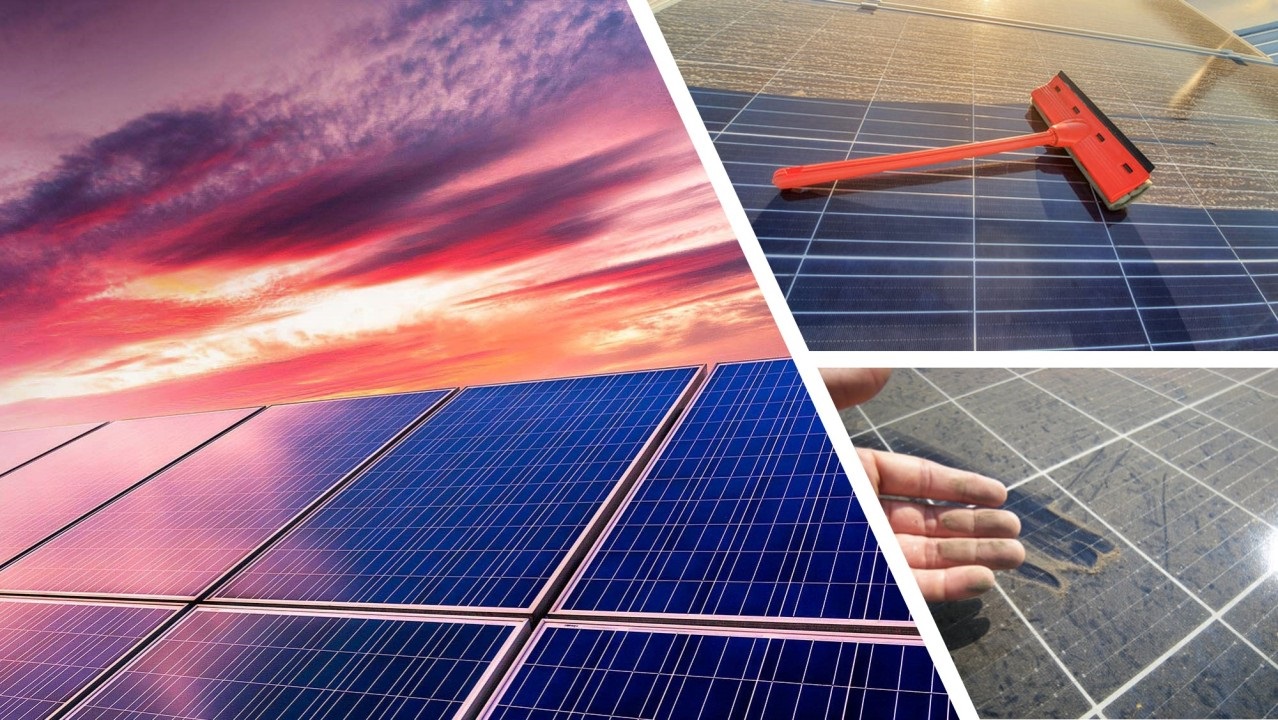
Types of Self-Cleaning Coatings
Hydrophobic Coatings
Hydrophobic coatings create a water-repellent surface, causing water droplets to form beads that roll off the panel, carrying dirt away. These coatings are effective in areas with moderate rainfall.
Hydrophilic Coatings
Hydrophilic coatings attract water, forming a thin layer that helps rinse away dirt and debris. These coatings are particularly useful in dry regions where rainfall is scarce but cleaning is still necessary.
Photocatalytic Coatings
Photocatalytic coatings harness the power of sunlight to decompose organic materials on the surface of the panels. This type of coating is highly effective in sunny regions and can significantly reduce manual cleaning needs.
Application Process of Self-Cleaning Coatings
Professional Application vs. DIY Application
Applying self-cleaning coatings can be done professionally or as a DIY project. Professional application ensures uniform coverage and optimal performance, but it comes at a higher cost. DIY application can be more affordable but may not achieve the same level of effectiveness.
Steps Involved in Applying Self-Cleaning Coatings
- Surface Preparation: Clean the solar panel thoroughly to remove any existing dirt or grime.
- Application: Apply the self-cleaning coating evenly across the panel surface.
- Curing: Allow the coating to cure as per the manufacturer’s instructions, ensuring it bonds properly to the panel.
Cost Analysis

Initial Costs vs. Long-Term Savings
While the initial cost of self-cleaning coatings can be high, the long-term savings in maintenance and increased energy efficiency can offset this investment. It’s crucial to conduct a thorough cost-benefit analysis to determine the financial viability.
Case Studies and Examples
Several case studies have demonstrated the effectiveness of self-cleaning coatings. For instance, a solar farm in Arizona reported a 15% increase in energy production after applying hydrophobic coatings, resulting in significant financial savings over time.
Traditional Cleaning Methods
Traditional cleaning methods involve regular manual cleaning, which can be labor-intensive and expensive. Self-cleaning coatings, by contrast, reduce the need for frequent cleaning, providing a more cost-effective solution in the long run.
Efficiency and Performance
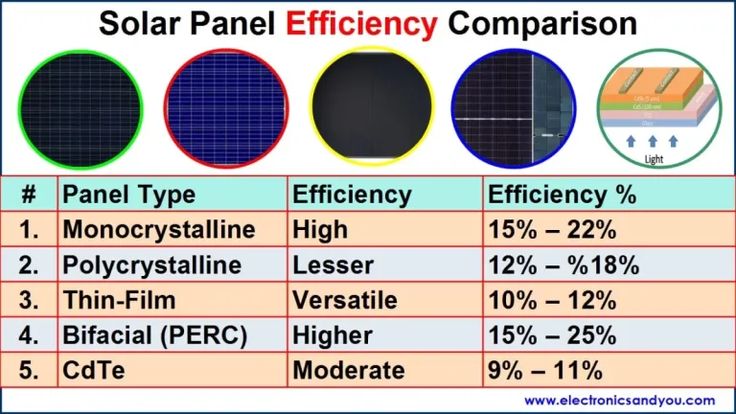
Impact on Energy Production
Clean solar panels perform better, and self-cleaning coatings ensure panels remain free of debris, maximizing energy production. Studies have shown a 5-20% increase in efficiency with the use of self-cleaning coatings.
Real-World Performance Data
Real-world data indicates that self-cleaning coatings can maintain their effectiveness for several years, particularly in regions with high levels of sunlight and low levels of pollution.
Seasonal and Environmental Factors
The performance of self-cleaning coatings can vary with seasonal and environmental factors. For example, regions with heavy rainfall benefit more from hydrophobic coatings, while arid areas might see better results with hydrophilic or photocatalytic coatings.
How Self-Cleaning Coatings Work
Maintenance and Durability
Long-Term Maintenance Requirements
Although self-cleaning coatings reduce the frequency of manual cleaning, they are not completely maintenance-free. Regular inspections and occasional reapplications may be necessary to maintain their effectiveness.
Durability Under Various Weather Conditions
Self-cleaning coatings are designed to withstand various weather conditions, but their durability can be affected by extreme temperatures, UV exposure, and heavy pollution. Choosing the right type of coating for the local climate is essential.
Lifespan of the Coatings
The lifespan of self-cleaning coatings varies, with most lasting between 5 to 10 years. Regular maintenance and appropriate environmental conditions can extend their effectiveness.
Environmental Impact
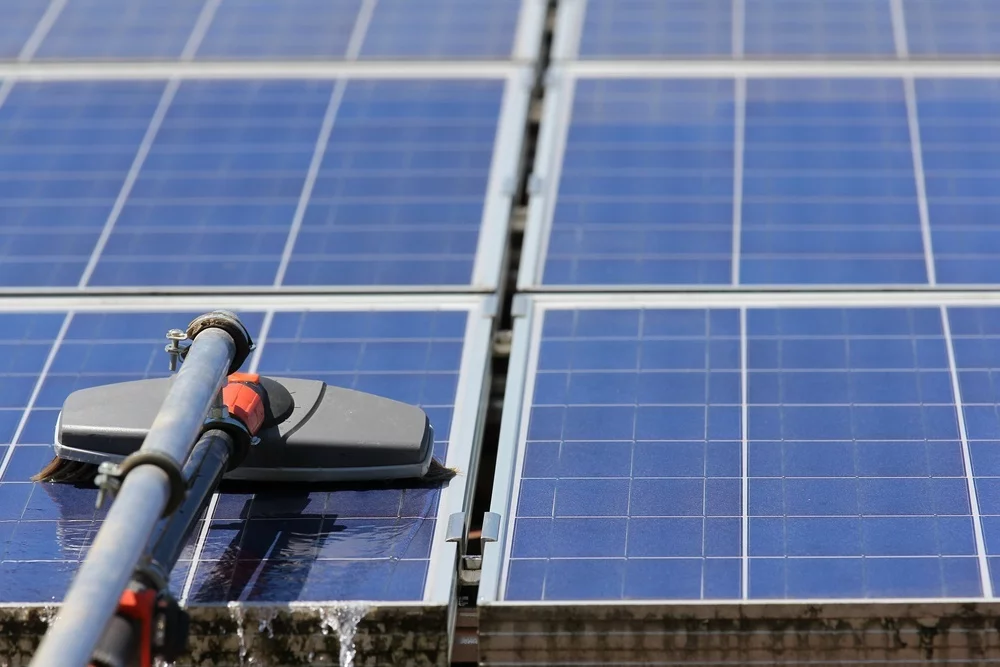
Eco-Friendliness of Self-Cleaning Coatings
Self-cleaning coatings are generally eco-friendly, reducing the need for water and chemicals used in traditional cleaning methods. This makes them a more sustainable option for maintaining solar panels.
Traditional Cleaning Methods
Traditional cleaning methods often involve the use of water and detergents, which can have negative environmental impacts. Self-cleaning coatings minimize these effects, contributing to a greener solution.
Potential Environmental Concerns
While self-cleaning coatings are eco-friendly, there are concerns about the production and disposal of these chemicals. It’s important to choose coatings from reputable manufacturers who prioritize environmental safety.
In addition to cost savings and performance improvements, self-cleaning coatings offer environmental benefits that align with sustainability goals.
By reducing water usage, minimizing chemical pollution from cleaning agents, and promoting energy efficiency, these coatings contribute to overall environmental conservation efforts.
As the demand for clean and renewable energy grows, investing in self-cleaning coatings for solar panels aligns with the broader objectives of reducing carbon emissions and combating climate change.
Market Availability and Trends
Current Market Leaders and Popular Products
The market for self-cleaning coatings is growing, with several companies leading the way. Popular products include coatings from companies like PPG Industries, BASF, and Advanced Nanotech Lab.
Innovations in Self-Cleaning Technology
Ongoing research and development are driving innovations in self-cleaning technology. Recent advancements include more durable coatings, improved photocatalytic materials, and nanotechnology-based solutions.
Future Trends and Predictions
The future of self-cleaning coatings looks promising, with increasing adoption expected as the technology becomes more affordable and efficient. Innovations in nanotechnology and materials science are likely to further enhance their effectiveness.
Consumer Reviews and Testimonials
Experiences from Solar Panel Owners
Many solar panel owners have reported positive experiences with self-cleaning coatings. Testimonials highlight the ease of maintenance, improved efficiency, and long-term cost savings.
Pros and Cons According to Users
Pros:
- Reduced maintenance efforts
- Improved energy output
- Long-term cost savings
Cons:
- Initial investment cost
- Need for periodic reapplication
- Variability in performance based on environmental factors
Aggregated Review Ratings
Overall, self-cleaning coatings receive favorable reviews from users, with many citing significant improvements in panel performance and maintenance convenience.
Comparative Analysis
Side-by-Side Comparison with Traditional Cleaning Methods
| Feature | Self-Cleaning Coatings | Traditional Cleaning Methods |
| Initial Cost | High | Low |
| Maintenance Frequency | Low | High |
| Water Usage | Minimal | High |
| Chemical Usage | None | Possible |
| Efficiency Impact | High | Variable |
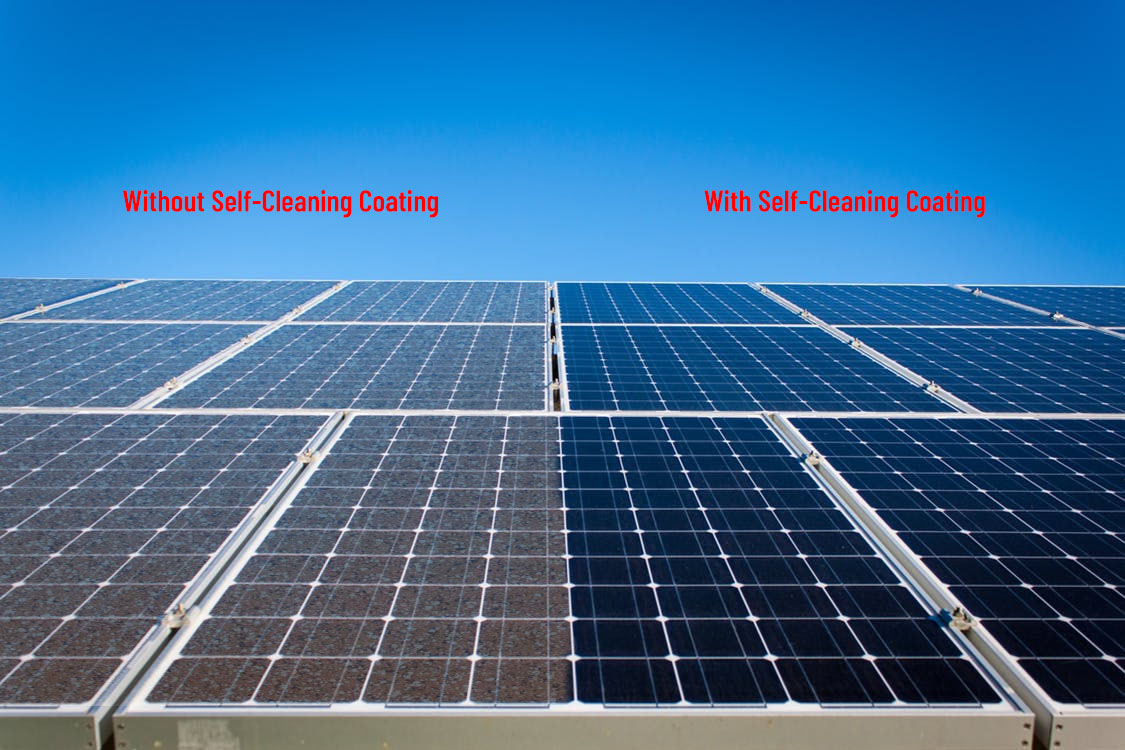
Expert Opinions
Insights from Industry Experts
Industry experts highlight the growing importance of self-cleaning coatings in maintaining solar panel efficiency. They point to advancements in materials science as key to the future success of these coatings.
Predictions About the Future of Self-Cleaning Coatings
Experts predict that as the technology matures and costs decrease, self-cleaning coatings will become a standard feature for solar panels, especially in commercial installations.
Expert Recommendations
Experts recommend considering the local climate, panel type, and specific needs before investing in self-cleaning coatings. They also emphasize the importance of choosing high-quality products from reputable manufacturers.
Conclusion
In summary, self-cleaning coatings for solar panels offer significant benefits, including increased efficiency, reduced maintenance costs, and extended panel lifespan.
While the initial investment may be high, the long-term savings and improved performance make these coatings a valuable addition for many solar panel owners.
For those looking to maximize their solar energy output with minimal maintenance, self-cleaning coatings are certainly worth considering.
Self-cleaning coatings for solar panels offer a range of benefits, including reduced maintenance costs, enhanced energy production, prolonged lifespan, and environmental sustainability.
While the initial investment may require careful consideration, the long-term value provided by these coatings makes them a worthy investment for maximizing the efficiency and performance of solar energy systems.
By harnessing the power of innovative technology, self-cleaning coatings contribute to a cleaner, more sustainable future powered by renewable energy.
FAQs
- Are self-cleaning coatings suitable for all types of solar panels? Yes, but compatibility varies. It’s essential to check with the manufacturer to ensure the coating is appropriate for your specific panel type.
- How often do self-cleaning coatings need to be reapplied? Typically, self-cleaning coatings last between 5 to 10 years, depending on environmental conditions and maintenance practices.
- Do self-cleaning coatings affect the warranty of solar panels? It’s crucial to check with your solar panel manufacturer, as applying coatings might void the warranty for some products.
- Can self-cleaning coatings be applied to old solar panels? Yes, self-cleaning coatings can be applied to both new and old solar panels, provided the surface is cleaned thoroughly before application.
- What are the alternatives to self-cleaning coatings? Alternatives include regular manual cleaning, automated cleaning systems, and anti-static coatings that reduce dust accumulation.
Source Data Links
- Efficiency Data Source: Efficiency Study Link
- Cost Analysis Source: Cost Study Link
- Market Trends Source: Market Report Link
By exploring the comprehensive guide above, you should now have a clearer understanding of whether self-cleaning coatings for solar panels are worth the investment for your specific needs and circumstances.